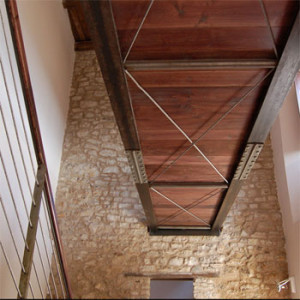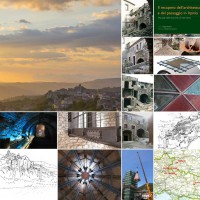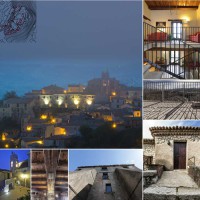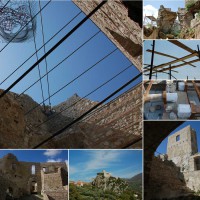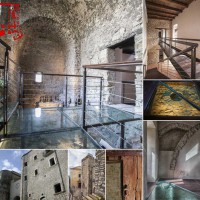|
Architectures for the promotion of the territory
“I BORGHI della TERMINIO-CERVIALTO”
Unitary building projects that are implemented simultaneously in several places are rare. The redevelopment of the historical centres of Castelvetere, Calabritto (Quaglietta), Taurasi Volturara is configured as a unitary and articulated project, elaborated in 1996 in response to a precise programme, in part carried out and in part in progress, gradually revised and fine-tuned over time, of a strongly integrated nature: accommodation facilities, restoration of pre-existing housing units, complete with furnishings and infrastructure networks, urban spaces.
The skilful intervention strategy implemented by the Terminio-Cervialto Mountain Community and the individual municipalities involved means that work is now in the pipeline to create significant “territorial attractions”: the restoration and restructuring of the Taurasi Castle is emblematic, with exceptional museum and wine laboratory functions. Projects are also ready for the Music Hall, which extends into the redesigned Piazza di Castelvetere, and for the Quaglietta Castle in Calabritto. The authors of the project are dozens of young professionals, mainly from the Irpinia area, structured in operational units and engaged for years now in following the activities of the construction site: the initiative of the Community and the Municipalities has led to the redevelopment of the building heritage of the area and simultaneously to the implementation of an experience of great educational interest that has determined at the same time habit of teamwork, experience of multidisciplinary interactions, ability to assume progressive professional responsibilities.
The experience carried out so far, taking advantage of the positive operating climate and the wide availability of the construction companies (it is quite exceptional that – at least so far – the works carried out have not given rise to reservations or other forms of dispute), has made it possible to reactivate disused technologies and to experiment, in some cases, with appropriate contemporary adaptations.
|

